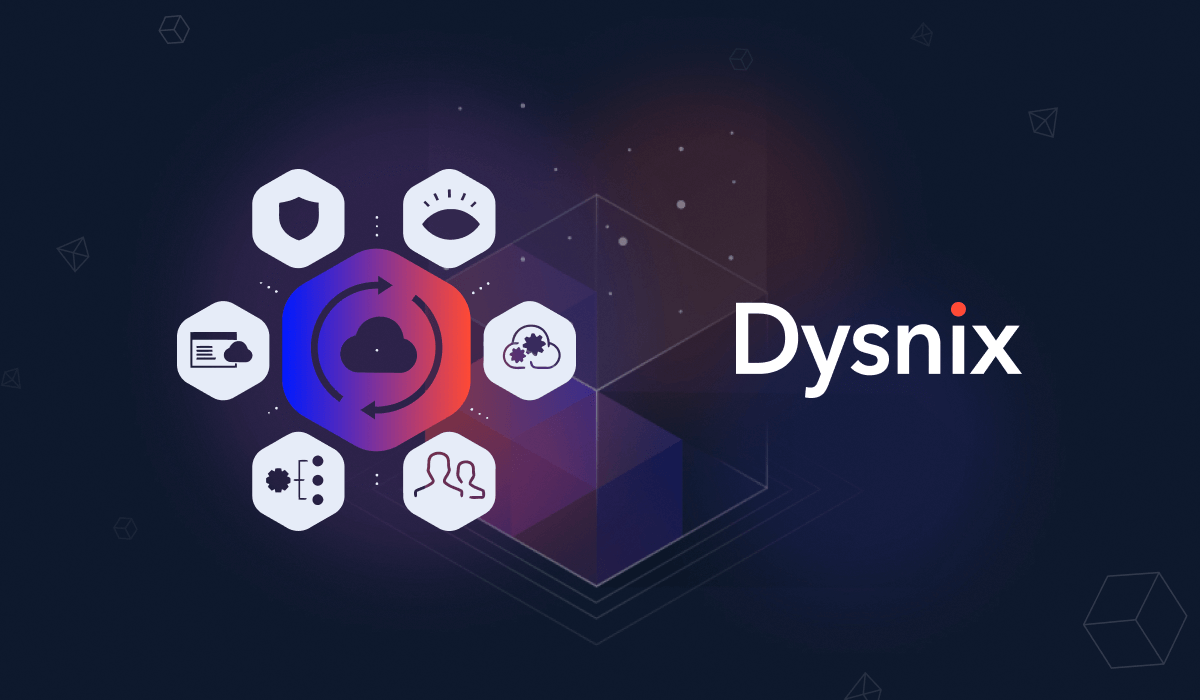Mizar crypto trading platform works with Dysnix and OVHcloud to build dedicated infrastructure on Base and Solana for real-time data analytics and trading
OVHcloud & Dysnix


Nodes built in record time
thanks for OVHcloud and Dysnix collaboration

Reliable, high-speed nodes
delivered at a compelling performance / price ratio

Insightful dashboard
providing fast, live data from Solana
Executive summary
Mizar is a crypto trading platform that unifies Distributed Finance (DeFi) and Centralised Finance (CeFi) trading by offering advanced automation, free analytics, and powerful copy-trading tools across major exchanges. With features such as on-chain analytics, automated trading bots, and a marketplace for copying top traders, Mizar enables users to optimize their strategies and manage risk efficiently.
Mizar’s native $MZR token allows for significant fee reductions, making sophisticated trading accessible and cost-effective for both beginners and professionals.
The challenge
Blockchains like Base (built on the OP Stack, part of the Ethereum L2 ecosystem) and Solana (a high-speed L1 network) are growing rapidly. As a result, it is important for platforms like Mizar to offer support for these chains to tap into fast-growing markets.
Furthermore, by supporting chains like Base or Solana, Mizar can offer users access to a wider range of trading pairs, DeFi protocols, and liquidity pools. Traders often want to access opportunities across multiple blockchains, so this capability is important.
As such, Mizar needed to build two Base mainnet full nodes and one Solana dedicated RPC node for real-time data analytics, wallet intelligence, and trading optimization on both Base and Solana blockchains.
It was important that the nodes had the following characteristics:
- High network bandwidth and low latency for rapid communication with the blockchain and other services, while remaining protected including measures such as DDoS security .
- Ready for deployment in production in a few days, not weeks.
- Nodes should be online 24/7 to avoid missing blocks or trading opportunities.
- Real-time monitoring for node health, sync status, and performance metrics.
- Analytics services built-in, empowering Mizar users to optimise their strategies and manage risk efficiently.
After comparing service vendors' offerings and a consultation process, Mizar decided to engage with Web3 DevOps consultancy Dysnix.
The Dysnix team began to plan the new solution, focused on ensuring uninterrupted hosting services. At the same time, ensuring rapid hardware replacement was important; acquiring new hardware that met Solana node requirements within 1-2 days could be challenging, potentially leading to downtime from unexpected disconnects.
"We wanted to deliver the best possible solution for Mizar, giving them high performance at a reasonable price. With all Solana mainnet requirements, this can be an uneven process," explained Daniel Yavorovych, CTO at Dysnix. "We knew that we would need a CPU with a decent clock speed (>3.2GHz) and a high number of cores. In addition, RPC nodes also require tons of RAM, so 512GB is suited for nodes without additional account-indexes enabled. We’d partnered with OVHcloud before and approached the team to support with the solution.”
The solution
Dysnix worked with OVHcloud to create interconnected public cloud and bare metal servers. This allowed them to leverage the power of dedicated bare metal and the flexibility of the cloud for the Kubernetes control plane and low-load essentials like monitoring and logging systems.
OVHcloud supports the setup of a hybrid infrastructure, so Dysnix chose to use bare metal servers as worker nodes and deployed their K8s control plane directly onto cloud instances.
“Using Kubernetes helps us manage the full lifecycle of blockchain nodes, including load balancing, automatic pruning, and initialization from fresh snapshots. We also implemented a custom solution that enables us to reduce the initial bootstrap times of Solana nodes from 6+ hours to just 15 minutes.”
Daniel Yavorovych, CTO at Dysnix
Solana nodes require substantial resources, utilizing approximately 80TB of bandwidth per month (40TB inbound + 40TB outbound) and demand fast, stable uplinks. Furthermore, OVHcloud guarantees scalability of the solution without extra costs, including ingress and egress traffic, for example.
“The resource requirements of Solana nodes, combined with frequent memory demands, often make bare metal solutions more attractive than cloud-based options. Cloud computing can become prohibitively expensive when these resource-intensive workloads are involved. Furthermore, it was imperative that we minimised downtime and had access to powerful hardware to meet Solana node requirements," said Daniel Yavorovych, CTO at Dysnix.
"Working with OVHcloud ticked all of those boxes, giving us the flexibility to meet Mizar’s requirements.”
Daniel Yavorovych, CTO at Dysnix
Dysnix chose OVHcloud’s Scale-a3 servers with AMD EPYC 9354 processors as the foundation for the solution.

The solution includes two Base Mainnet full nodes primarily for data collection and trading-related analytics. These play an important role in the infrastructure as Mizar processes all DeFi-related activity on Base, including swaps, liquidity events, and smart contract interactions on major protocols.
The Dysnix team also delivered Grafana dashboards for monitoring node health, performance, RPC requests, data flow, and analytics. The system is built for real-time responsiveness, and the Base nodes allow Mizar to capture and process events with low latency, enabling advanced analysis pipelines for token movement, wallet behaviors, and liquidity changes.
Tasks enabled by the Base node cluster:
- Real-time indexing of DEX activity (e.g. swap detection, liquidity events)
- On-chain data extraction for analytics dashboards
- Labelling wallets based on on-chain behaviours
- Execution analysis and trade opportunity generation
Mizar monitors events such as:
- Swaps
- Liquidity provisioning or removal
- Contract interactions from popular DEXs and protocols on Base
These are the foundations for building candlestick charts, wallet performance labels, and opportunity alerts for traders.
The result
The node deployment was delivered on time and to Mizar’s specifications. The team now has a high-performance, dedicated Solana RPC node to support real-time data fetch, ingestion, and trading operations. The nodes deliver consistent, stable, and predictable performance under the current load conditions.
Mizar’s team can now ingest every swap, pool creation, add/removal of liquidity, and any other event associated with all the major Solana DEX protocol using Yellowstone gRPC for low-latency, high-throughput data streaming. Compared to built-in Solana websockets, it performs significantly faster and offers advanced filtering capabilities, enabling developers to create trading bots and other tools more easily and efficiently.
The swaps are used for Mizar’s advanced wallet analytics and to build a candlestick chart that updates nearly in real time. The platform analyzes all Solana wallets to find the most profitable ones, and the platform's AI labels each wallet based on their behavior. Finally, Mizar uses swaps and wallet analytics to create advanced, real-time analytics for each token, helping traders find excellent opportunities.
The Dysnix team also integrated Jito’s ShredStream and Yellowstone gRPC (Geyser), making sure that Mizar receives DEX events more quickly than its competitors.
“The performance of the Base nodes has been outstanding. We have a highly reliable solution which is responsive under high load, as well as being integrated seamlessly with our monitoring and alerting systems. The sync speed, request latency, and consistency of log delivery have all met our expectations for production-grade systems.”
Francesco Ciuci, CEO and Co-Founder at Mizar
Some fine-tuning was necessary to both optimise the solution and overcome operational challenges. For example, Dysnix engineers mitigated typical bare metal drawbacks, such as lengthy node provisioning times, by implementing strategies like maintaining additional active nodes as a standard workaround.
Dysnix also created an alerting system which notifies the team when a node becomes out of sync with the majority of the network. With the help of Dysnix’s custom healthcheck procedure, the node restarts automatically, maximising uptime.
“At Dysnix, we're dedicated to providing outstanding blockchain infrastructure, and we couldn’t have done it without an appropriate hardware foundation. Dependable bare metal, public cloud and networking solutions from OVHcloud have empowered us to equip Mizar with the high-performance, budget-friendly nodes they require to thrive. We genuinely value OVHcloud's spirit of innovation and teamwork, and we’re excited to continue our partnership!”
Daniel Yavorovych, CTO at Dysnix
“We’re very proud to partner with such innovative blockchain organisations such as Dysnix, supporting Mizar’s use case. We’re heavily invested in the blockchain ecosystem and continue to work hard to ensure we are providing the best infrastructure for blockchain organisations everywhere,” said Omar Abi Issa, Global Director for Blockchain, Web3 and AI at OVHcloud.
“I am very satisfied with the service, the nodes are stable, and we have direct contact with great tech support. It took just 2-3 days to get the Solana node running from when it was requested.
The gRPC stream is the fastest way to get live data from Solana, and the RPC calls have minimal latency. The dashboard provided by the team to monitor the nodes is really insightful and transparent. I use it every few days to check if everything is running smoothly. I think the Dysnix team is very professional and the quality of the service they provide is awesome.”
Francesco Ciuci, CEO and Co-Founder at Mizar


